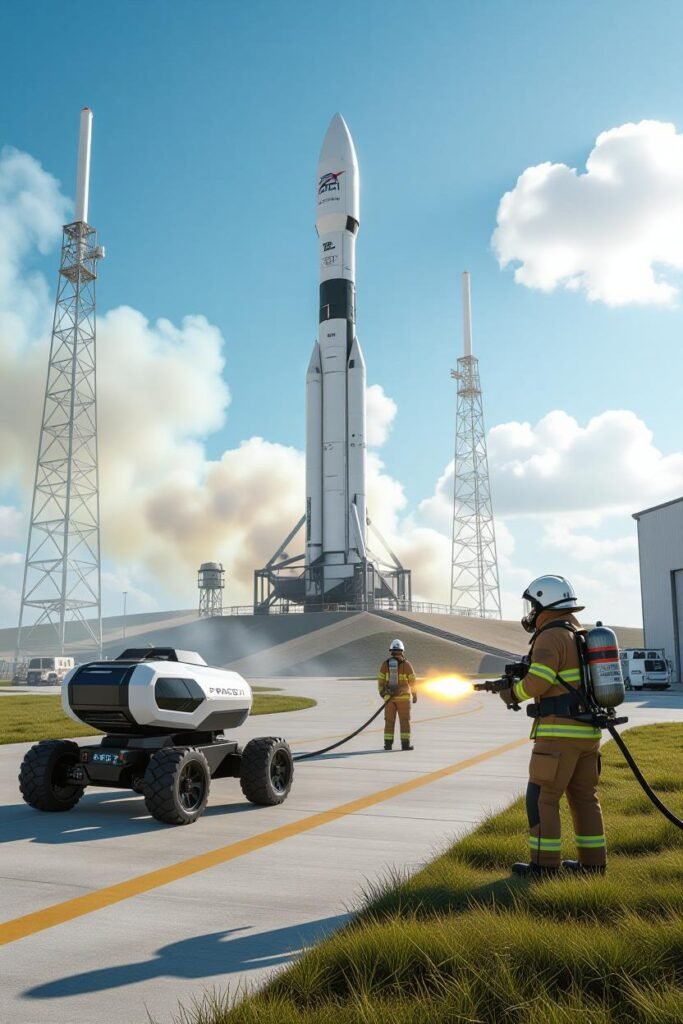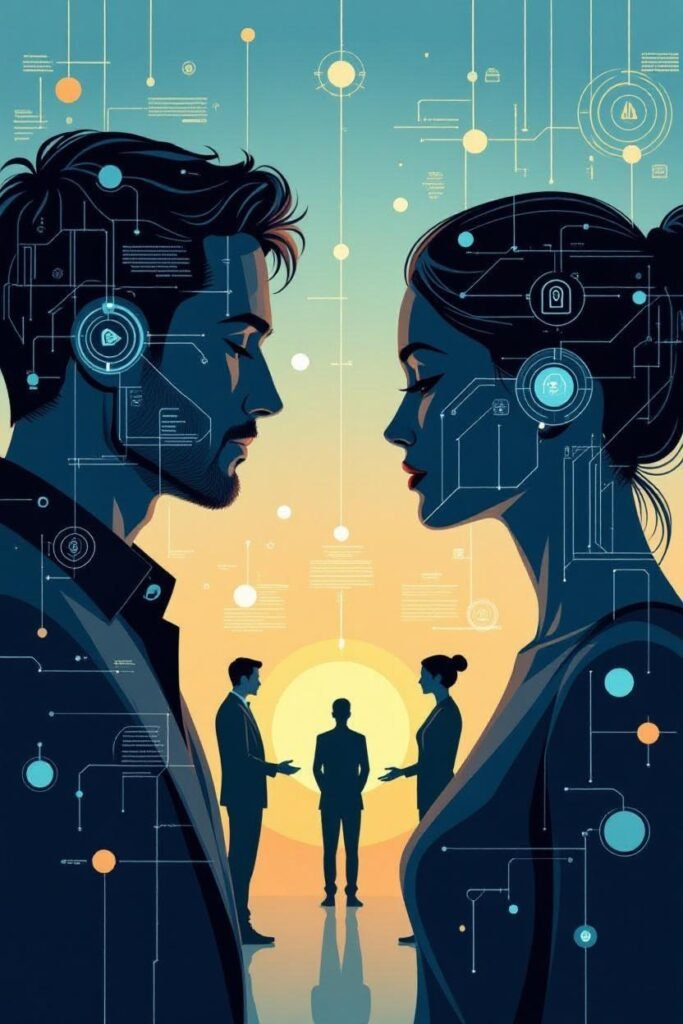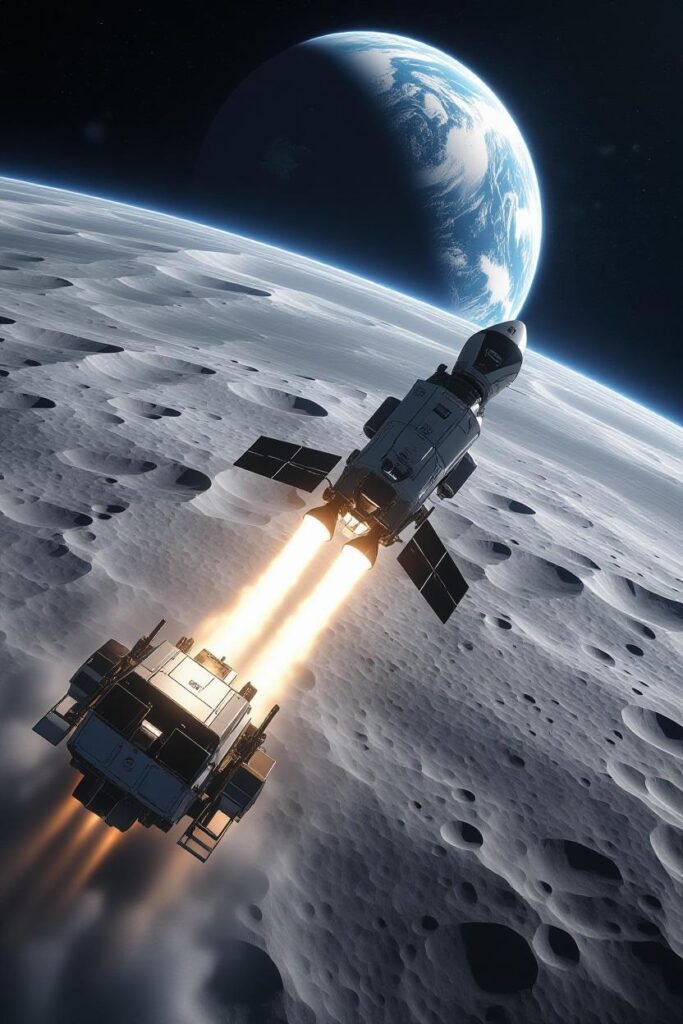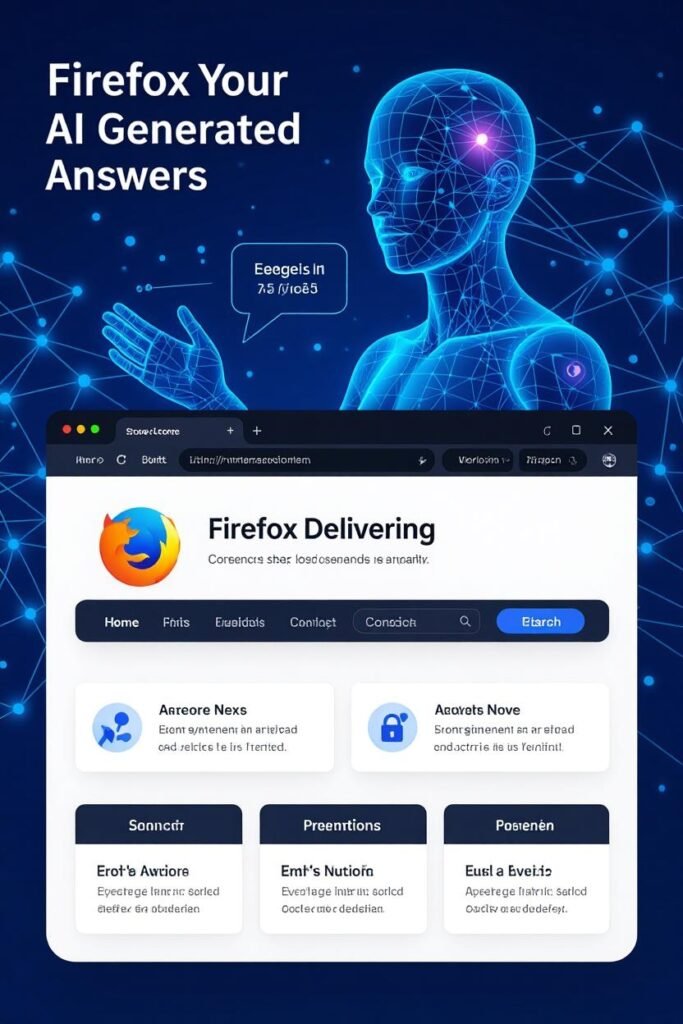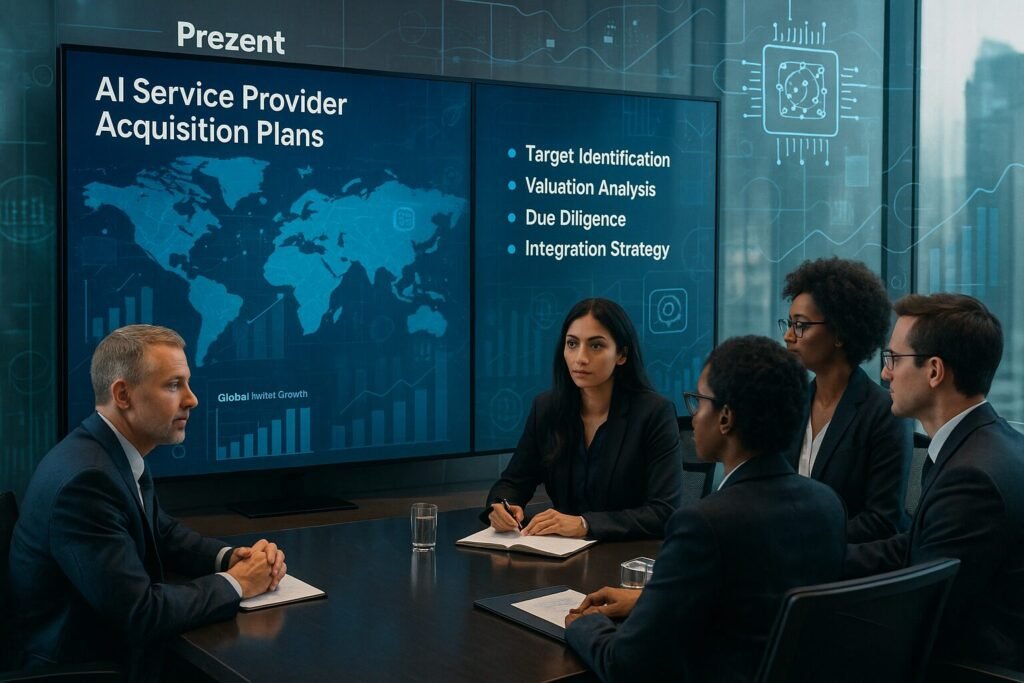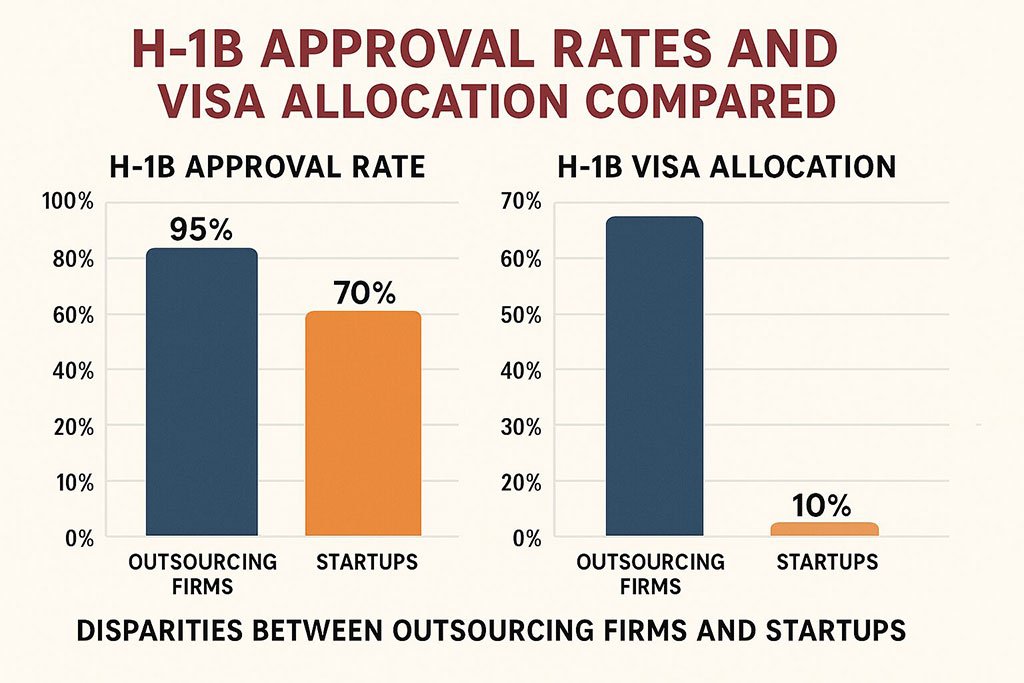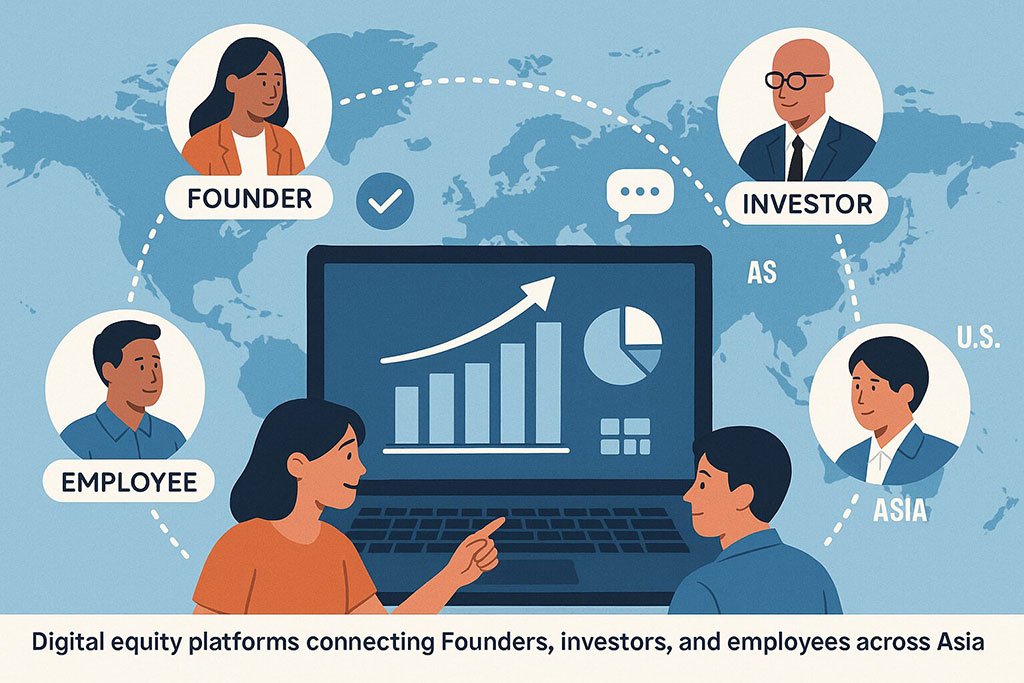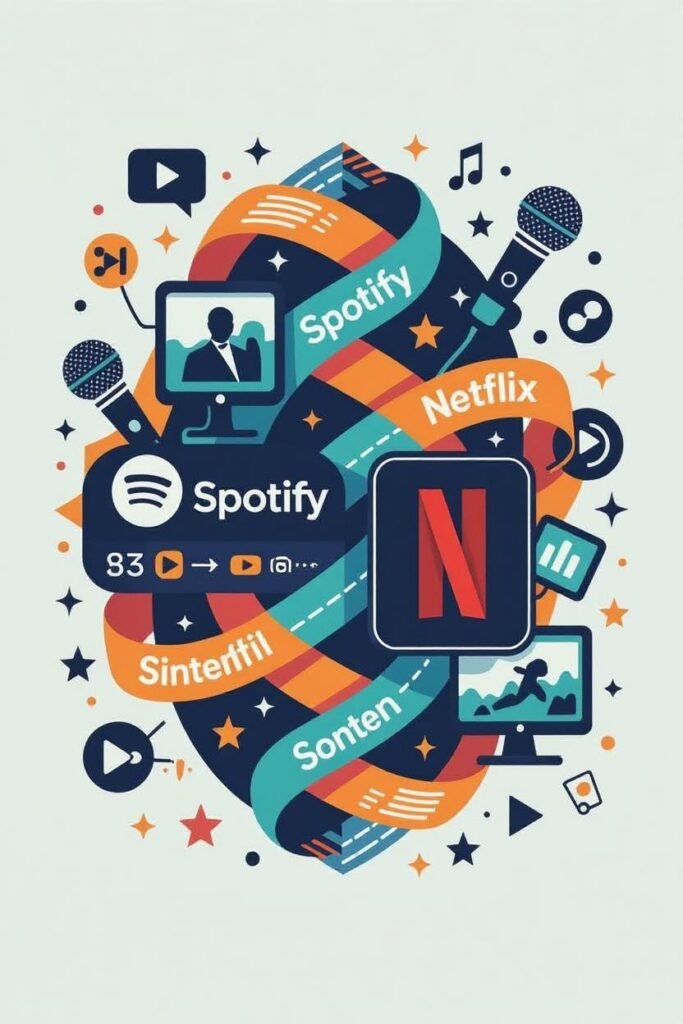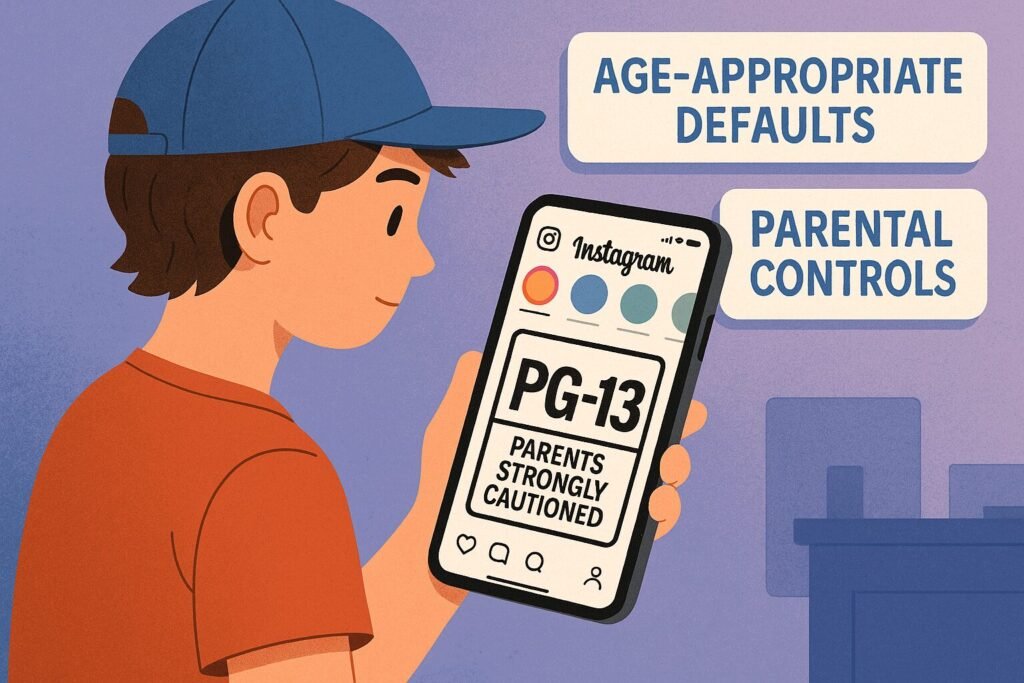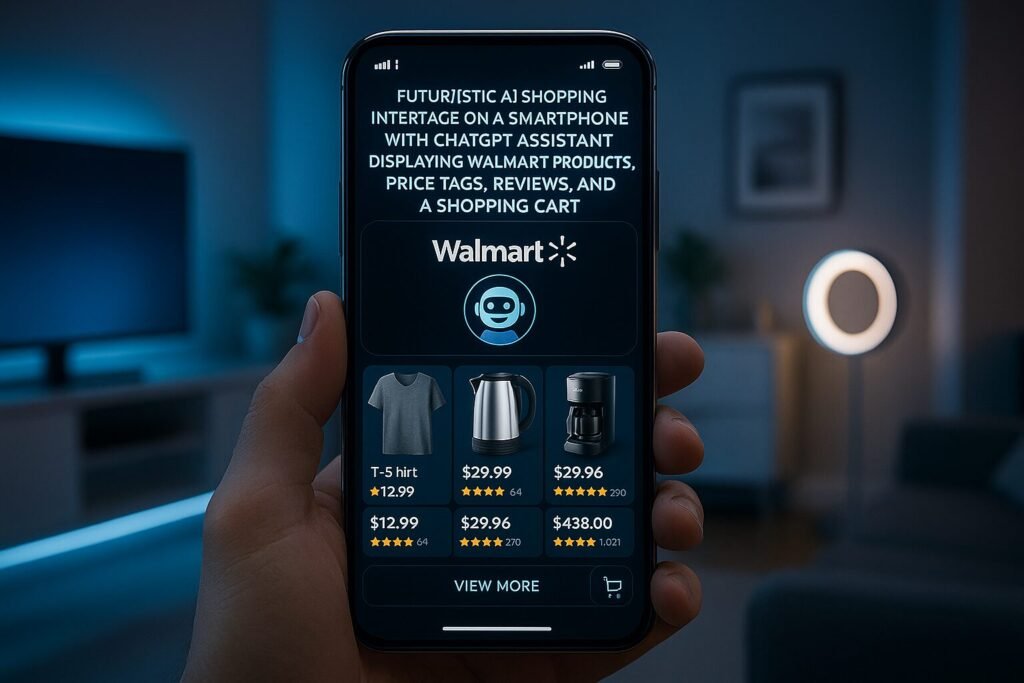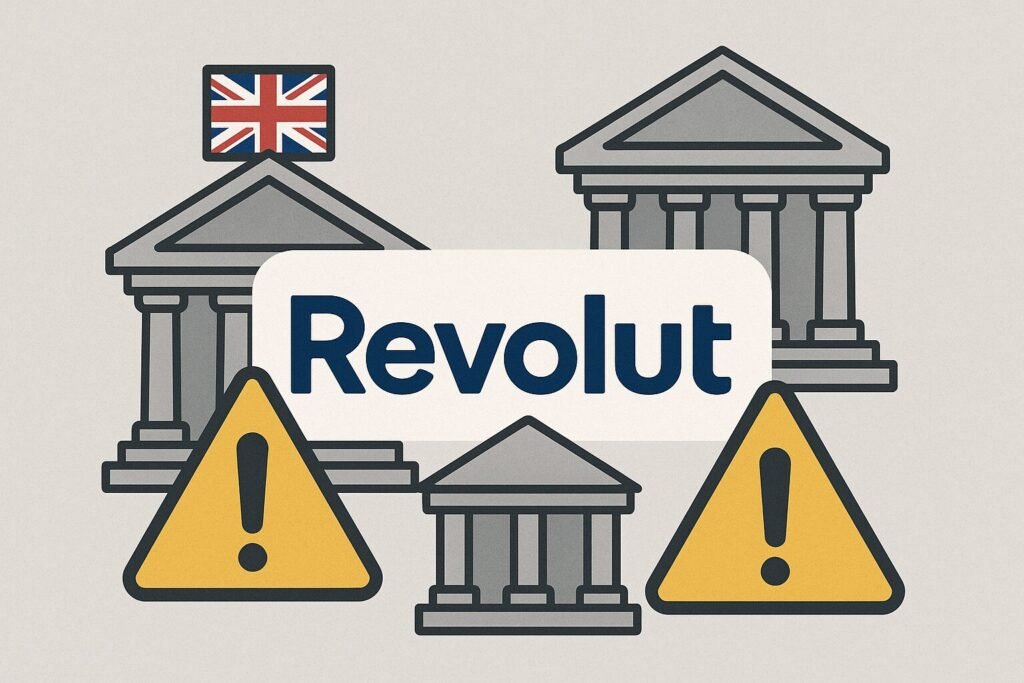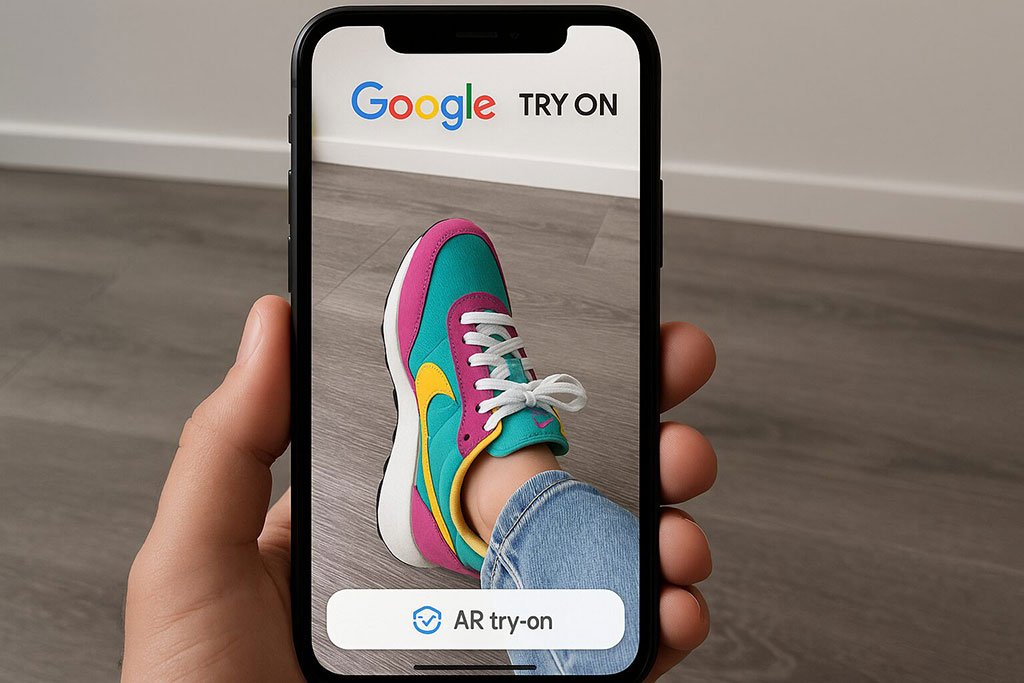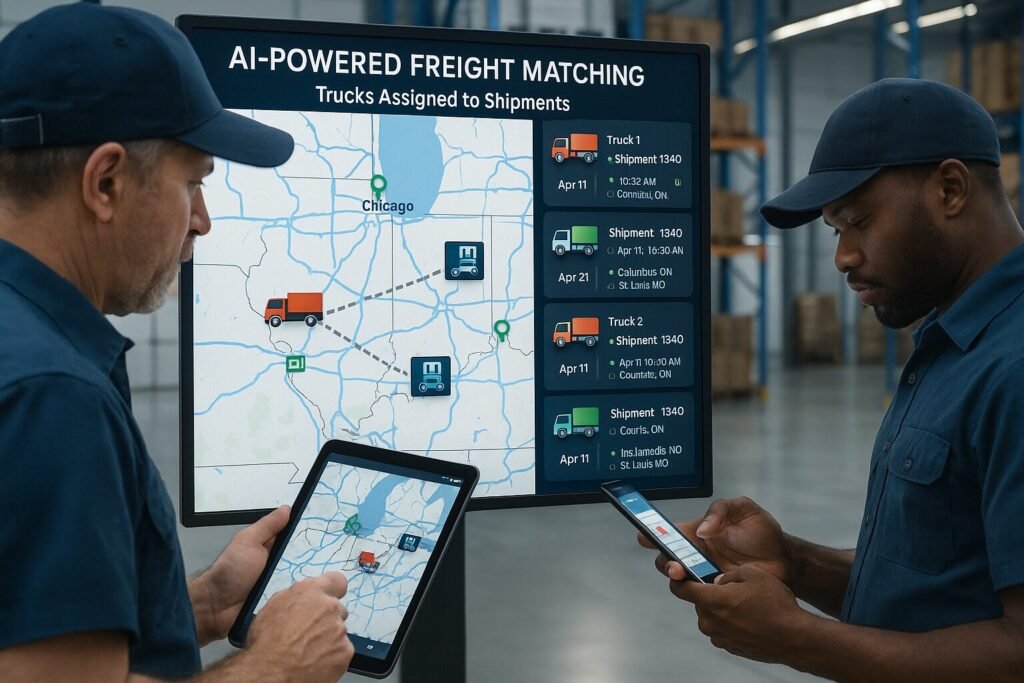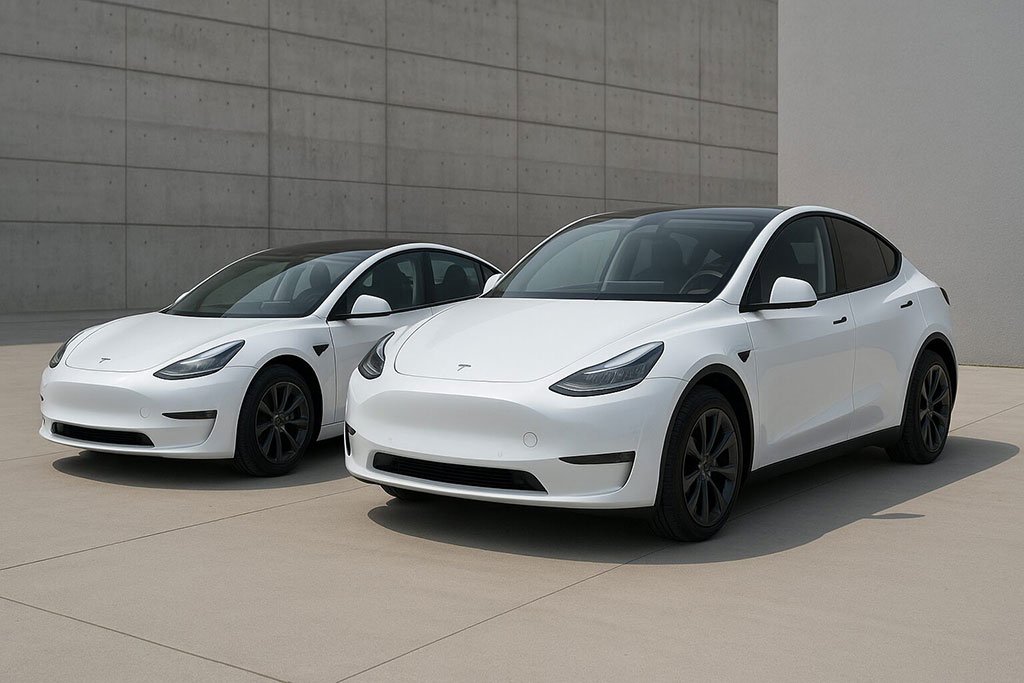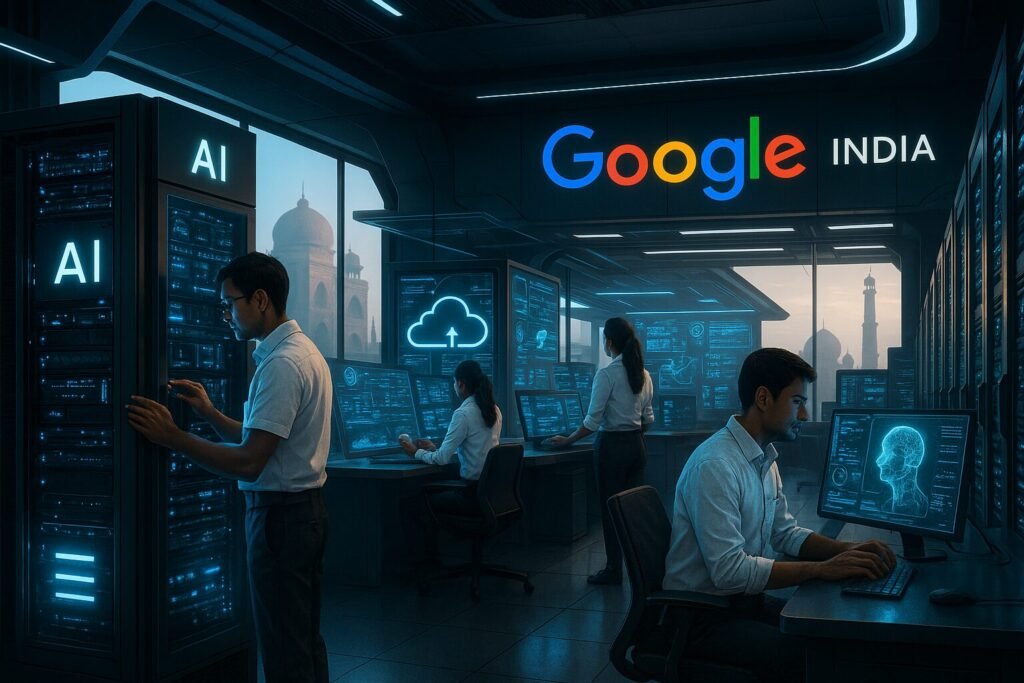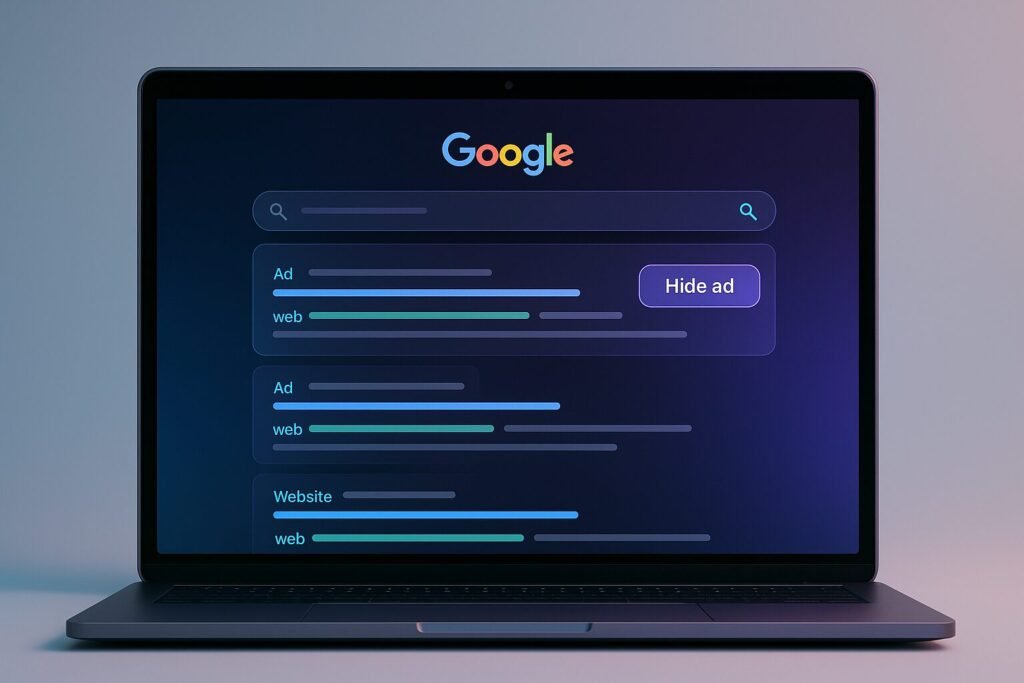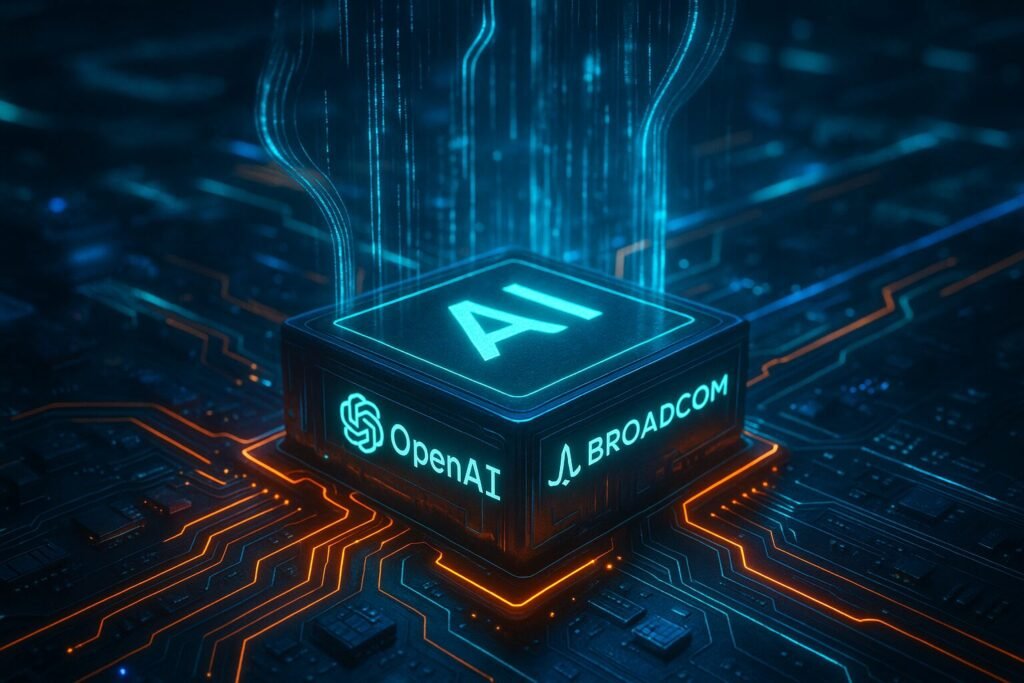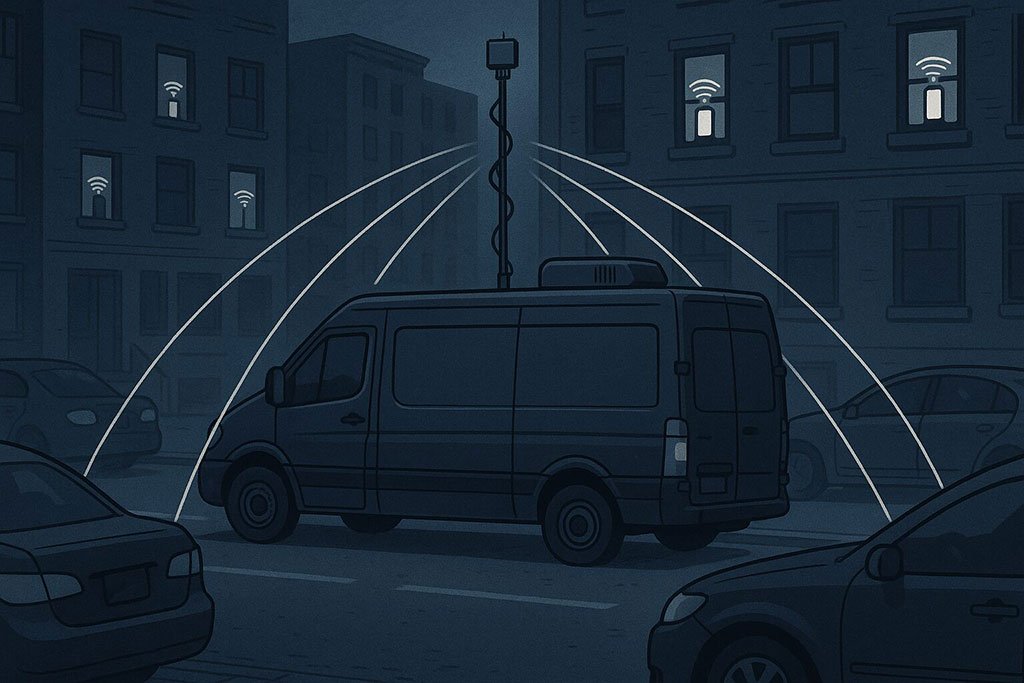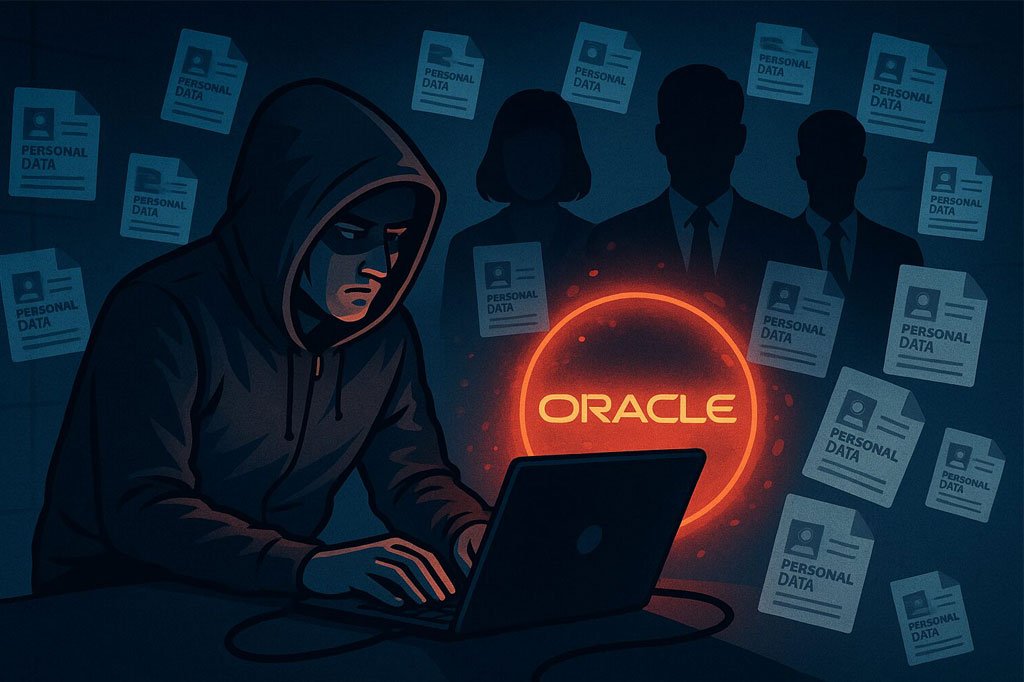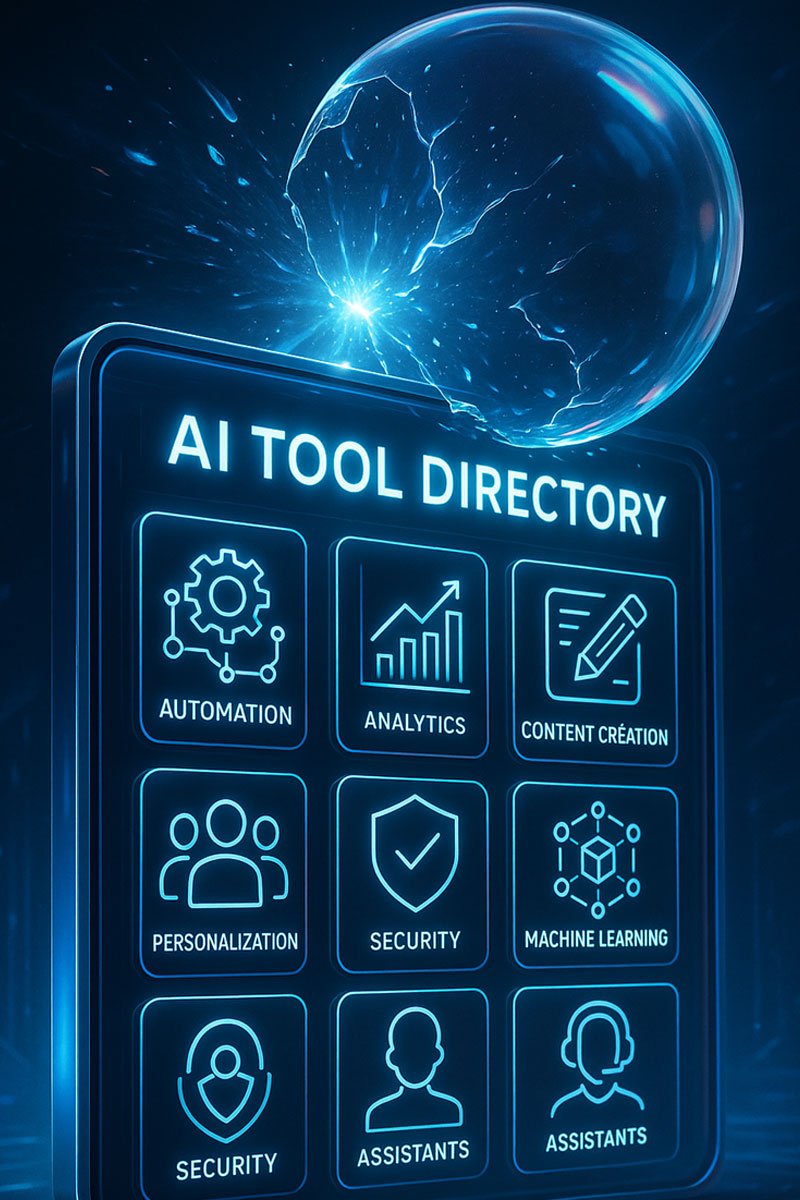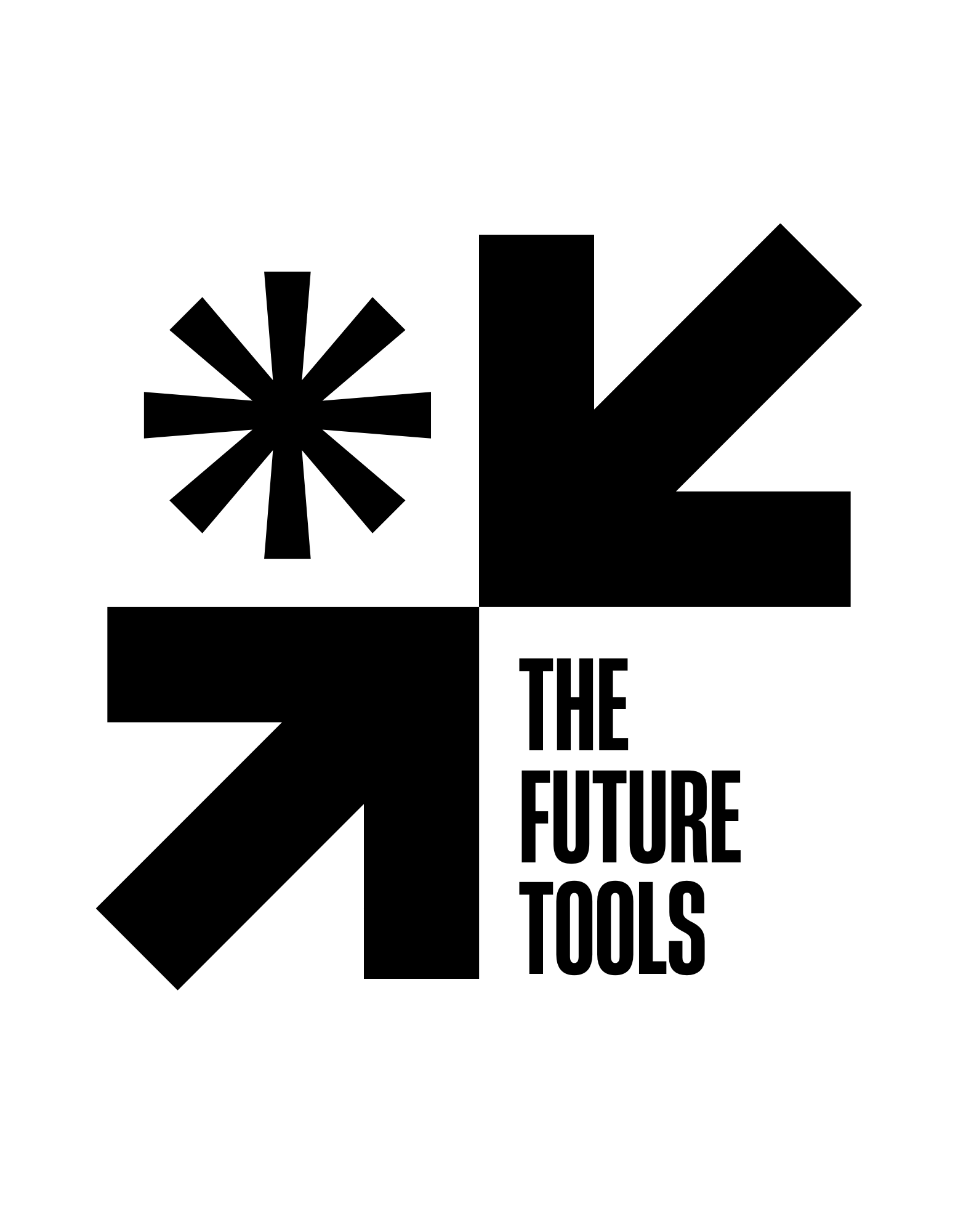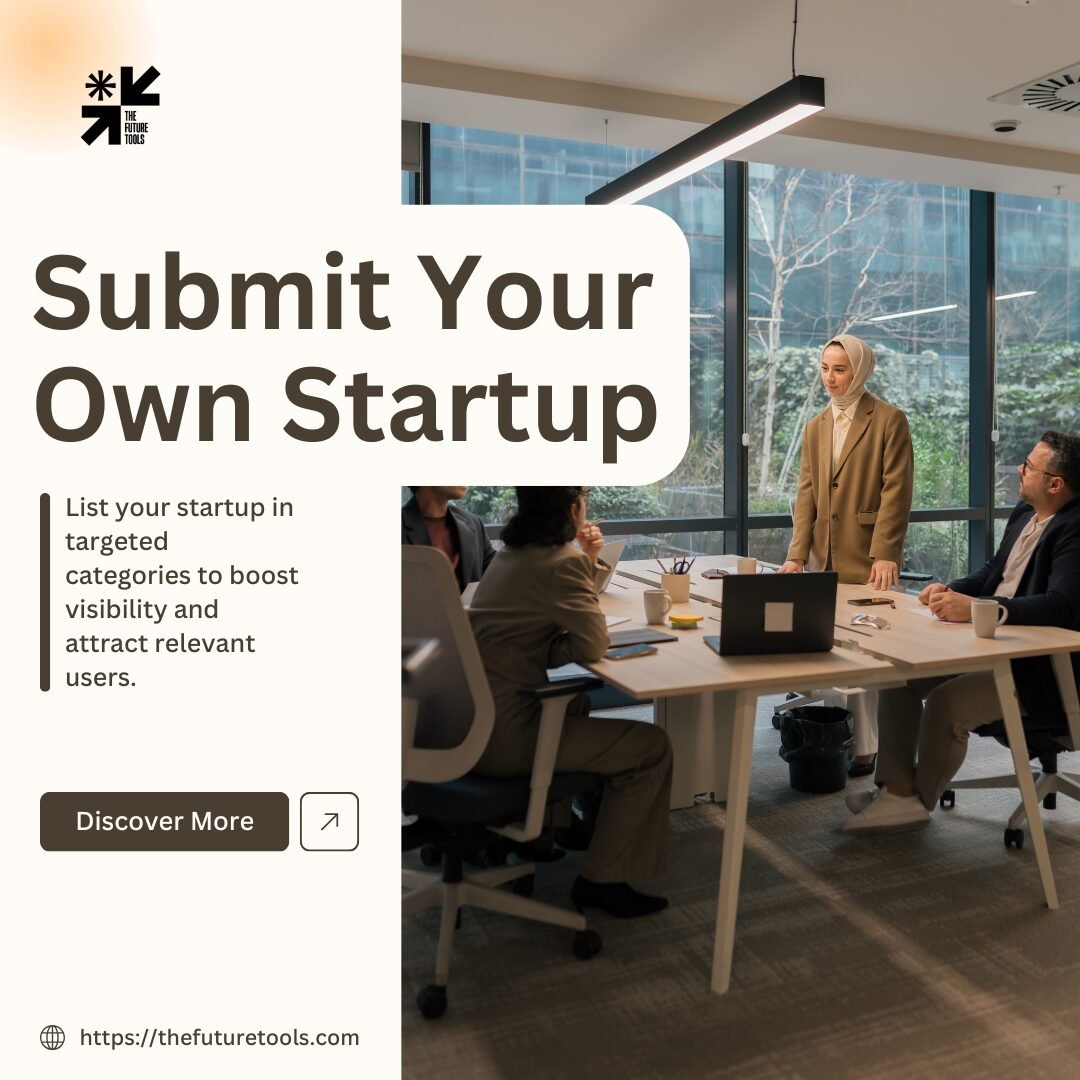Now Reading: The AI Bubble – Impact on Technology Markets, Jobs, and Business Sustainability
-
01
The AI Bubble – Impact on Technology Markets, Jobs, and Business Sustainability
The AI Bubble – Impact on Technology Markets, Jobs, and Business Sustainability
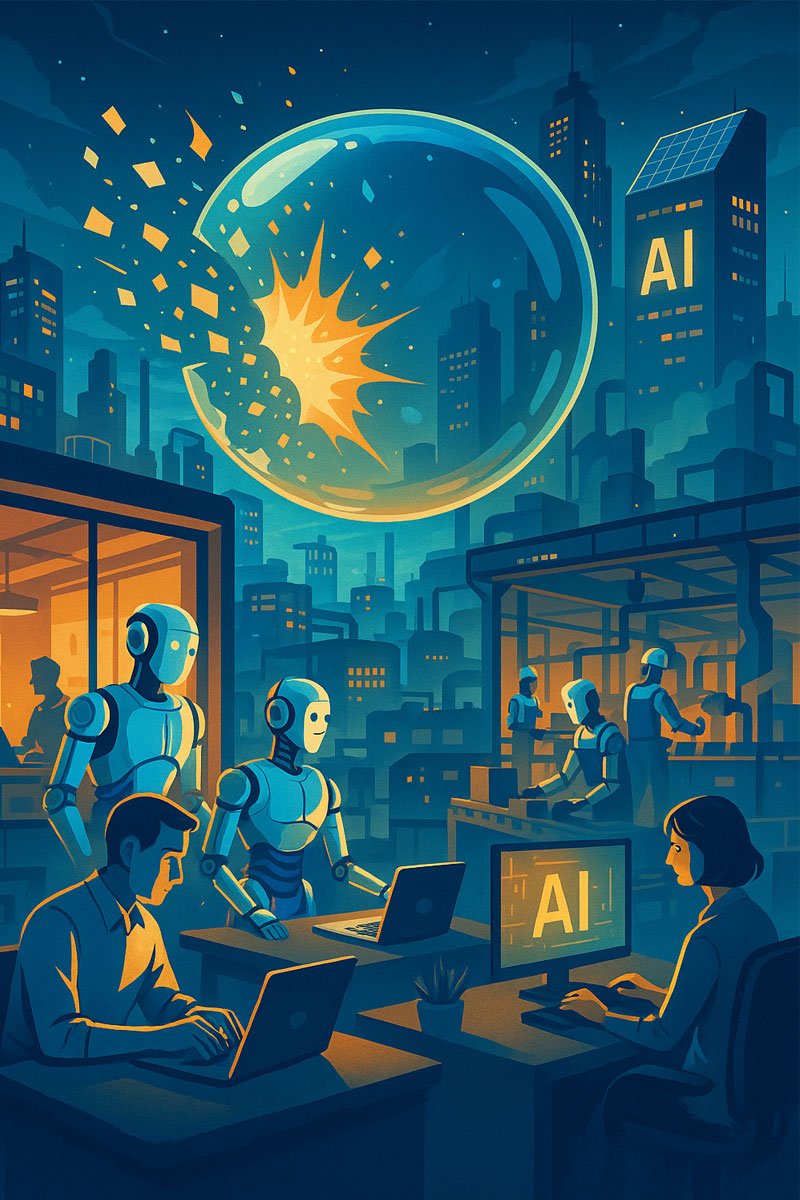
Artificial Intelligence (AI) has emerged as a transformative force, reshaping industries, driving unprecedented investments, and sparking debates about its sustainability. As of August 25, 2025, the term “AI bubble” dominates discussions among technologists, investors, and policymakers. With valuations soaring, layoffs mounting, and skepticism growing, many wonder: Is AI overhyped? What happens if the bubble bursts? This article provides an in-depth exploration of the AI bubble, its impact on technology markets, jobs, and businesses, and whether AI will endure as a cornerstone of innovation. Through facts, figures, and diverse perspectives, we unravel the complexities of this phenomenon and its implications for the future.
What Is the AI Bubble?
The AI bubble refers to a period of excessive investment, inflated valuations, and unrealistic expectations surrounding AI technologies. Drawing parallels to the dot-com bubble of the late 1990s, where internet startups saw meteoric rises before crashing, the AI bubble is fueled by hype around generative AI, machine learning, and automation. However, unlike the dot-com era, AI’s tangible applications in industries like healthcare, finance, and logistics suggest a more resilient foundation.
Key Characteristics of the AI Bubble
- Speculative Investment: Venture capital investments in AI startups reached $75 billion in 2024, with companies like OpenAI and Anthropic commanding valuations exceeding $30 billion despite limited profitability.
- Media Hype: Exaggerated claims about AI solving global challenges—such as curing diseases or achieving general intelligence—drive public and investor enthusiasm.
- High Costs, Low Returns: A 2025 MIT study found that 95% of companies deploying generative AI have not achieved financial returns, citing high computational costs and talent expenses.
- Market Volatility: Stocks of AI-heavy companies like Nvidia and Palantir saw corrections of 3% and 10% respectively in Q2 2025, reflecting investor caution.
Perspectives: Optimists, like Goldman Sachs’ Peter Oppenheimer, argue that AI’s economic contributions—20% of U.S. GDP growth in Q3 2024—justify investments. Conversely, MIT’s Daron Acemoglu predicts AI will contribute only 0.5% to U.S. productivity, questioning its transformative potential. Posts on X highlight public skepticism, with users noting that 95% of corporate AI projects fail to deliver ROI, amplifying bubble concerns.
Impact on Technology Markets
A potential AI bubble burst could reshape technology markets, creating both challenges and opportunities.
Market Correction Risks
A burst could trigger significant disruptions:
- Stock Declines: Companies heavily invested in AI, such as Microsoft, Amazon, and Nvidia, may face valuation drops. Amazon’s Q2 2024 earnings reported a 2% stock dip due to high AI spending with limited returns.
- Reduced Funding: Tighter monetary policies or economic downturns could dry up capital for speculative AI ventures. In 2024, AI startup funding slowed by 15% compared to 2023.
- Consolidation: Big tech firms are likely to acquire struggling AI startups at discounted valuations, consolidating innovation. For example, Meta’s 2024 reorganization absorbed smaller AI teams to bolster its AI division.
Perspective: Goldman Sachs suggests that current tech leaders, with stronger balance sheets than dot-com era firms, may weather a correction better. However, speculative startups without clear revenue models face existential risks. X users speculate that a crash could mirror the dot-com bust, with only 10% of AI startups surviving.
Opportunities for Long-Term Growth
A correction could refocus the industry on sustainable innovation:
- Practical Applications: Sectors like healthcare (AI diagnostics), finance (fraud detection), and logistics (supply chain optimization) will drive demand for proven AI solutions.
- New Entrants: Smaller, agile firms could emerge as leaders by focusing on niche, high-ROI applications, as predicted by Goldman Sachs.
- Global Expansion: Emerging markets, such as Southeast Asia and Africa, are adopting AI for agriculture and education, creating new growth avenues.
Case Study: Nvidia’s CUDA platform remains a cornerstone of AI development, with its resilience attributed to widespread adoption across industries, suggesting that foundational AI technologies will endure market shifts.
Job Market Transformation
AI’s impact on jobs is a polarizing topic, with automation driving layoffs while creating new opportunities.
AI-Driven Job Cuts
Major tech companies have already implemented significant layoffs, partly due to AI automation:
- Intel: Announced 15,000 job cuts in 2024, citing high AI infrastructure costs.
- Google and Meta: Reduced roles in customer support, content moderation, and marketing, with AI tools like chatbots and automated ad platforms taking over.
- Broader Impact: Roles vulnerable to automation include data entry (90% automatable), basic coding (70%), and administrative tasks (60%), according to McKinsey.
Perspective: X users argue that companies may reverse some cuts due to the need for human oversight in AI systems, particularly for knowledge transfer and complex decision-making. However, the OECD’s 2017 analysis lowered automation risk estimates from 47% to 14% of jobs, suggesting a more nuanced impact.
Emerging Roles and Reskilling
AI is reshaping rather than eliminating jobs:
- New Roles: Demand is surging for AI specialists (e.g., machine learning engineers, with median salaries of $150,000), prompt engineers, AI ethicists, and data strategists.
- Reskilling Needs: Workers must acquire skills in AI integration, data analysis, and critical thinking. Online platforms like Coursera reported a 50% increase in AI-related course enrollments in 2024.
- Evidence: Sectors like food preparation and transportation, initially deemed vulnerable, have seen employment growth since 2017, as AI augments rather than replaces human work.
Perspective: Experts like Erik Brynjolfsson from Stanford argue that AI will create a “skills premium,” rewarding workers who adapt to AI-augmented roles. Conversely, low-skill workers face higher displacement risks, necessitating robust reskilling programs.
AI’s Role in Business Resilience
Despite bubble concerns, AI offers substantial benefits to businesses, ensuring its relevance even in a downturn.
Core Business Applications
- Automation: AI reduces costs by automating repetitive tasks. For example, Microsoft’s Copilot handles 40% of customer queries for some enterprises, cutting support costs by 30%.
- Data Insights: Predictive analytics improves decision-making in finance (e.g., fraud detection with 95% accuracy) and retail (inventory optimization reducing waste by 20%).
- Personalization: AI-driven marketing increases customer retention by 15%, as seen with Netflix’s recommendation engine.
- R&D Acceleration: Amgen’s AI-driven drug discovery platform reduced development timelines by 25%, meeting rigorous scientific standards.
Case Study: OpenAI’s GPT-5, despite mixed feedback on reliability, serves 700 million weekly users, with enterprises like BNY Mellon and T-Mobile integrating it for operational efficiency, demonstrating AI’s enterprise value.
Strategic Adoption for Sustainability
Businesses that prioritize ROI-driven AI adoption are likely to thrive post-bubble:
- Cost Efficiency: AI reduces operational costs, making it critical for industries like logistics, where DHL reported 10% savings via AI-optimized routes.
- Scalability: Cloud-based AI solutions, like AWS’s SageMaker, allow businesses to scale without massive infrastructure investments.
- Competitive Edge: Companies leveraging AI for innovation maintain market leadership, as seen with Tesla’s AI-driven autonomous driving advancements.
Perspective: Jay Jung from Embarc Advisors notes that major AI firms have clearer monetization paths than dot-com startups, reducing collapse risks. However, businesses must avoid overhyped projects, focusing on measurable outcomes.
Will AI Survive a Bubble Burst?
AI’s core technologies are likely to endure, even if the bubble bursts, due to their proven utility and historical precedents.
Lessons from the Dot-Com Bubble
The dot-com crash (2000–2002) eliminated thousands of startups, but the internet became indispensable, spawning giants like Google and Amazon. Similarly:
- Core Technologies: Machine learning, neural networks, and natural language processing have established use cases, ensuring longevity.
- Consolidation: A burst could accelerate acquisitions, with big tech absorbing innovative startups, as seen with Google’s acquisition of DeepMind.
- Maturation: A correction will shift focus from speculative ventures to sustainable applications, mirroring the internet’s post-crash evolution.
Future Scenarios
Scenario 1: Soft Landing
Investors gradually adjust valuations, prioritizing profitable AI firms. Sustainable companies, like those in healthcare AI, continue to grow.
Scenario 2: Sharp Correction
A high-profile AI failure or economic shock triggers a market crash. However, core AI technologies persist, integrated into existing systems like cloud computing.
Scenario 3: Sustained Growth
If AI delivers consistent ROI, as seen with enterprise adoption of GPT-5, valuations stabilize, and the bubble narrative fades.
Perspective: X users are divided, with some predicting a 90% failure rate for AI startups, while others believe AI’s integration into daily life (e.g., virtual assistants) ensures its permanence.
Regulatory and Ethical Challenges
AI’s future is also shaped by regulatory and ethical considerations:
Regulatory Landscape
- Data Privacy: The EU’s AI Act and U.S. state-level regulations impose strict data usage rules, increasing compliance costs by an estimated 10–20%.
- AI Safety: Governments are scrutinizing AI for biases and risks, particularly in autonomous systems, potentially slowing deployment.
Perspective: Oxylabs’ Julius Černiauskas emphasizes that responsible AI practices, including transparency and bias mitigation, are critical to maintaining public trust.
Environmental and Social Concerns
- Energy Consumption: AI data centers consume 2–3% of global electricity, raising environmental concerns.
- Public Backlash: Growing resistance among professionals, particularly in creative industries, highlights concerns about job displacement and AI-generated content quality.
Perspective: Addressing these challenges through sustainable practices and ethical frameworks will be crucial for AI’s long-term acceptance.
Societal and Global Implications
AI’s impact extends beyond markets and jobs, influencing societal structures and global dynamics:
- Economic Inequality: AI could exacerbate wealth gaps if high-skill workers benefit disproportionately. Reskilling programs are essential to bridge this divide.
- Global Competition: Countries like China and the EU are investing heavily in AI, with China’s AI market projected to reach $150 billion by 2030, intensifying global rivalry.
- Education and Training: Governments and companies must invest in AI literacy to prepare workforces, with Singapore’s AI training programs serving as a model.
Perspective: The World Economic Forum predicts that AI could create 97 million new jobs by 2030, but only with proactive investment in education and training.
The AI bubble debate encapsulates a critical moment for technology, markets, and society. While a market correction may loom—potentially causing stock declines, reduced funding, and consolidation—AI’s proven applications ensure its enduring relevance. Businesses that adopt AI strategically, focusing on automation, insights, and innovation, will thrive, even in a post-bubble world. For workers, reskilling for AI-augmented roles is essential to navigate a transforming job market. Regulatory, ethical, and environmental challenges must be addressed to sustain public trust. Like the internet post-dot-com crash, AI will likely emerge stronger, more focused, and deeply integrated into the global economy, shaping a future where hype gives way to lasting impact.

